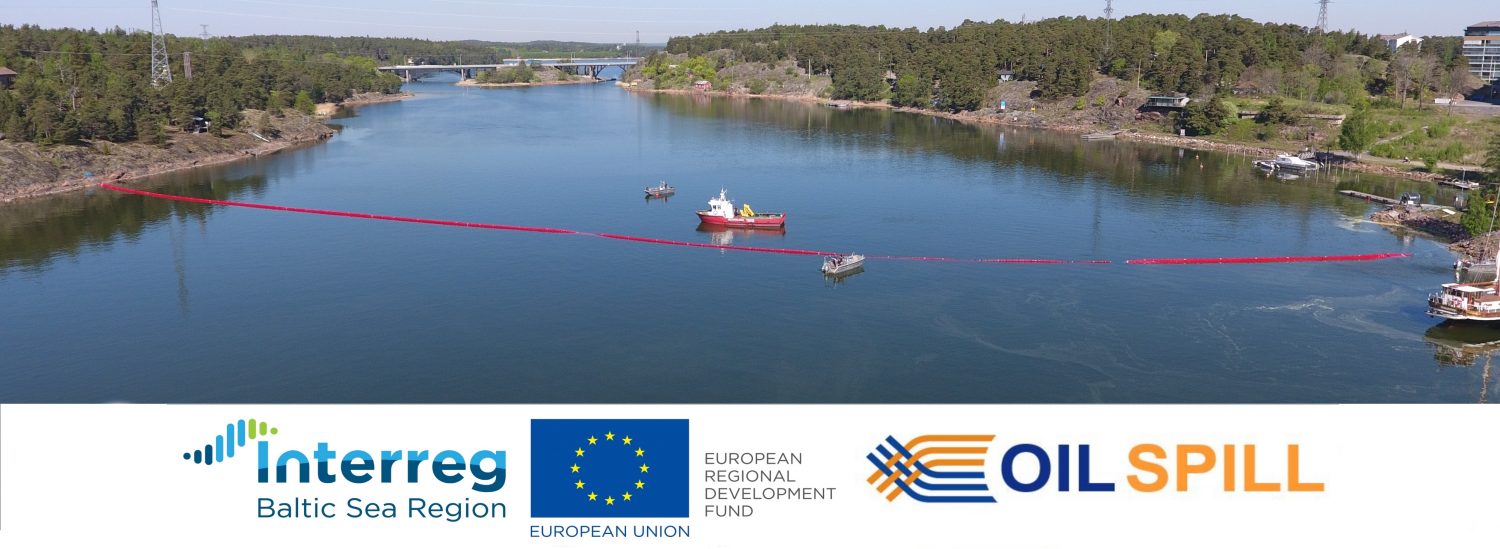Operational Oil Spill Response Procedures in Case of Shallow Waters and Coastal Areas – Overview and Recommendations for the Baltic Sea Region
The Baltic Sea Region’s (BSR) shallow waters and coastal areas are challenging operational environments for oil spill response. Moreover, the administrative and other procedures are often unclear in these transitional zones and vary between countries.
In OIL SPILL, the Ministry of Environment of Estonia led the work to map and survey the current operational practices in the Partner countries. This report is now published, and it provides useful insights for updating the HELCOM Manual on Co-operation in Response to Marine Pollution (The Baltic Marine Environment Protection Commission).
The report concerns Denmark, Estonia, Finland, Latvia, Lithuania, and Sweden. It covers Regulatory aspects, legislation; Oil spill contingency plan / National Contingency Plan; Response coordination; Involvement of non-governmental organizations; The rules of financing recovery and restoration; and Best practices in financing preventive measures.
Based on the responses, the following recommendations on how to harmonize the operational procedures in the BSR were formulated:
- to define in a relevant legal act clearly when and how marine spill response will transform to shoreline spill response
- to describe in a relevant legal act / plan more clearly the roles & responsibilities of non-governmental organizations
- to revise the Manual for cross-border shoreline oil spill exercise for training in shallow waters so that it can be adjusted and applied for the exercises of different target groups individually in BSR countries
- to introduce the “polluter pays principle” in the BSR countries, which means that polluters should bear not only their pollution costs but also costs for pollution prevention and response preparedness


Leave a Reply